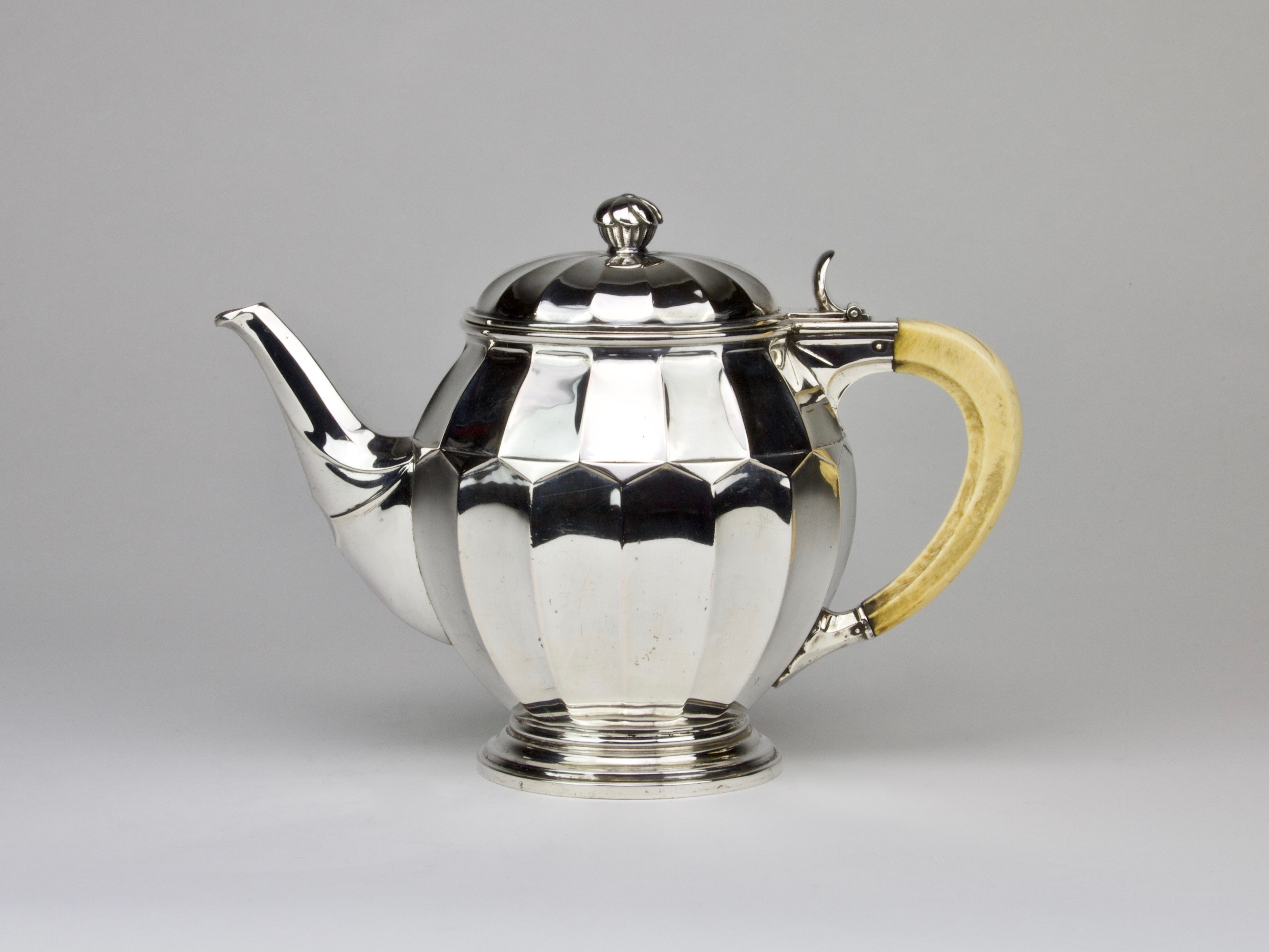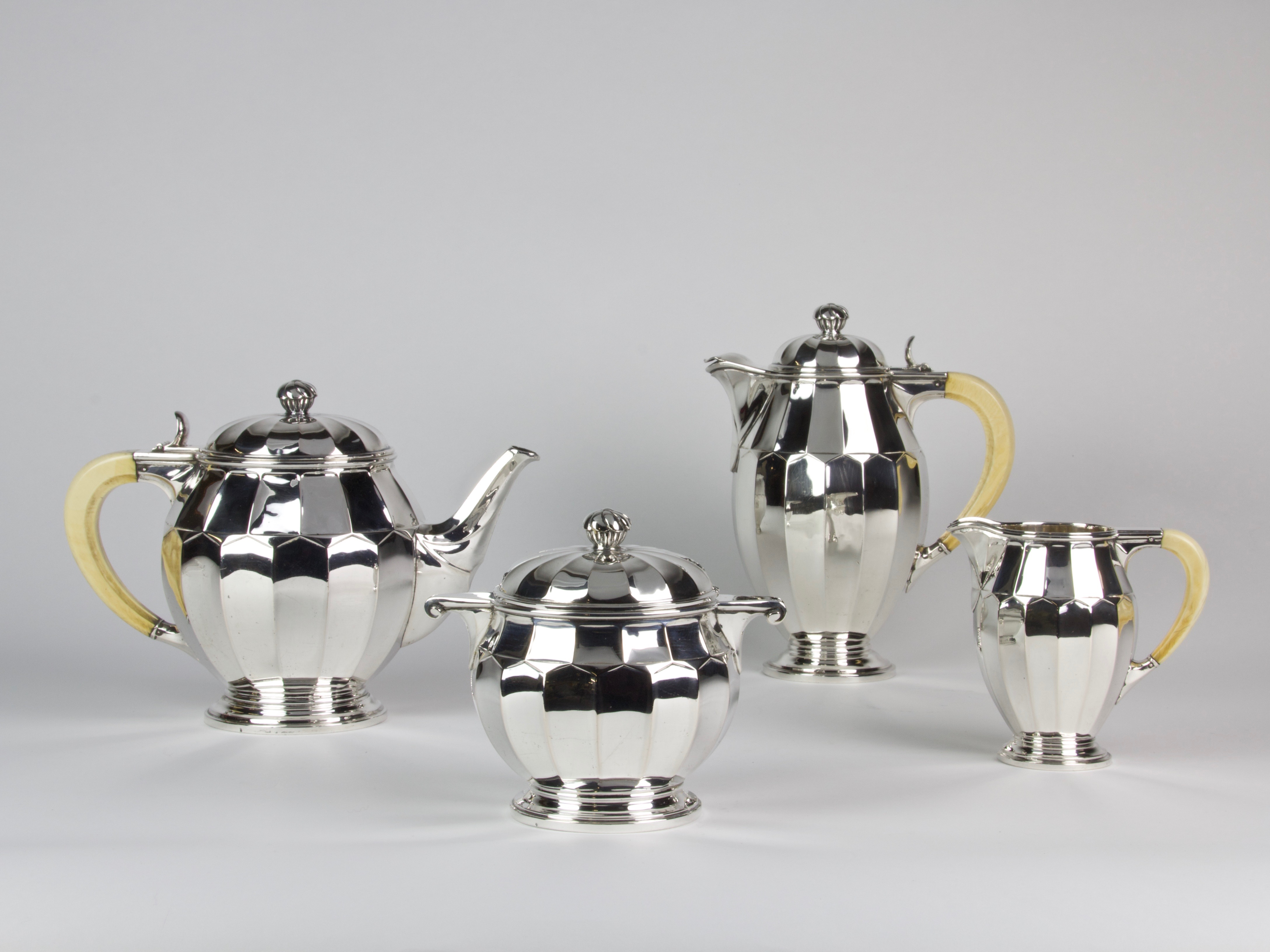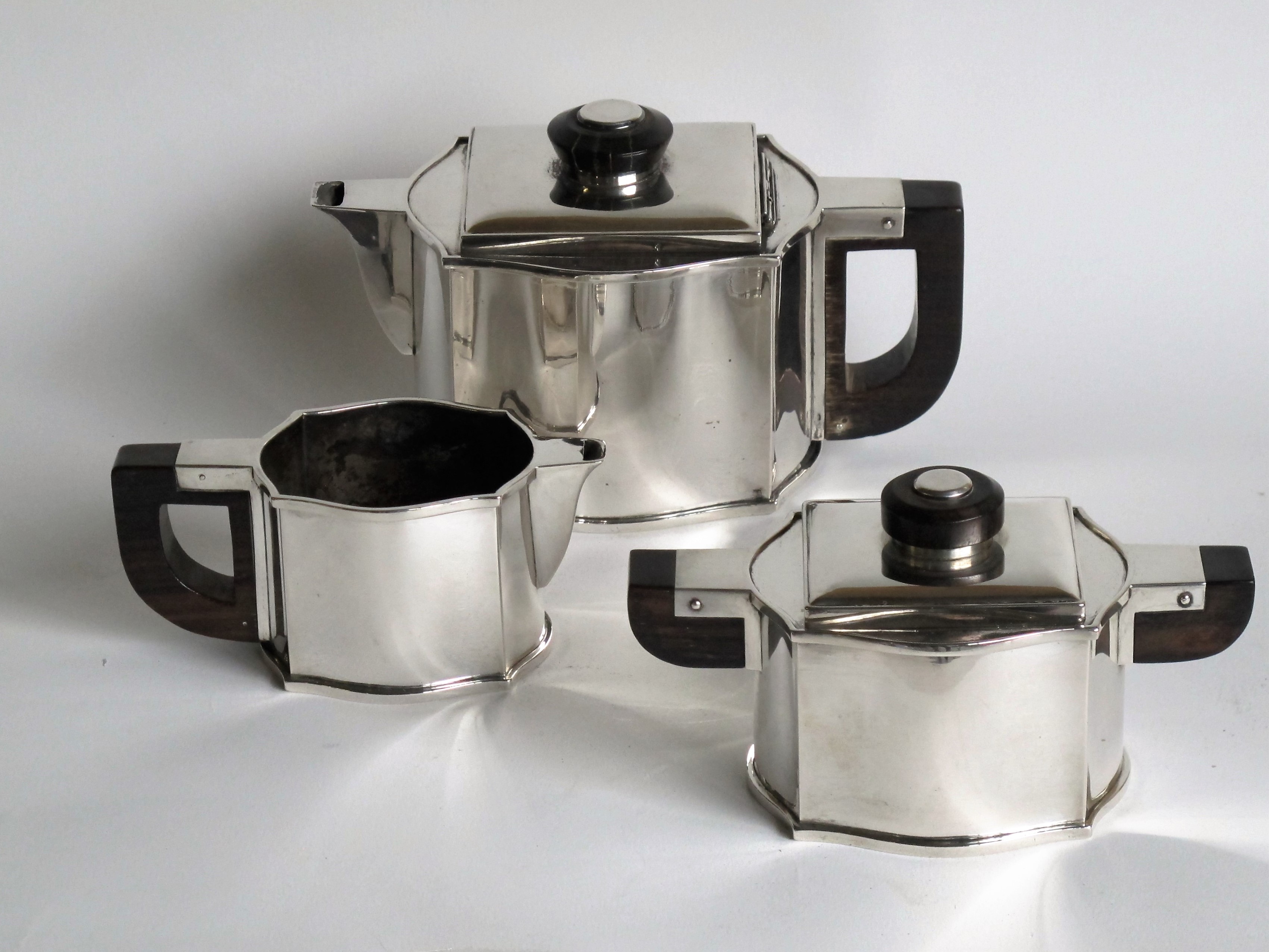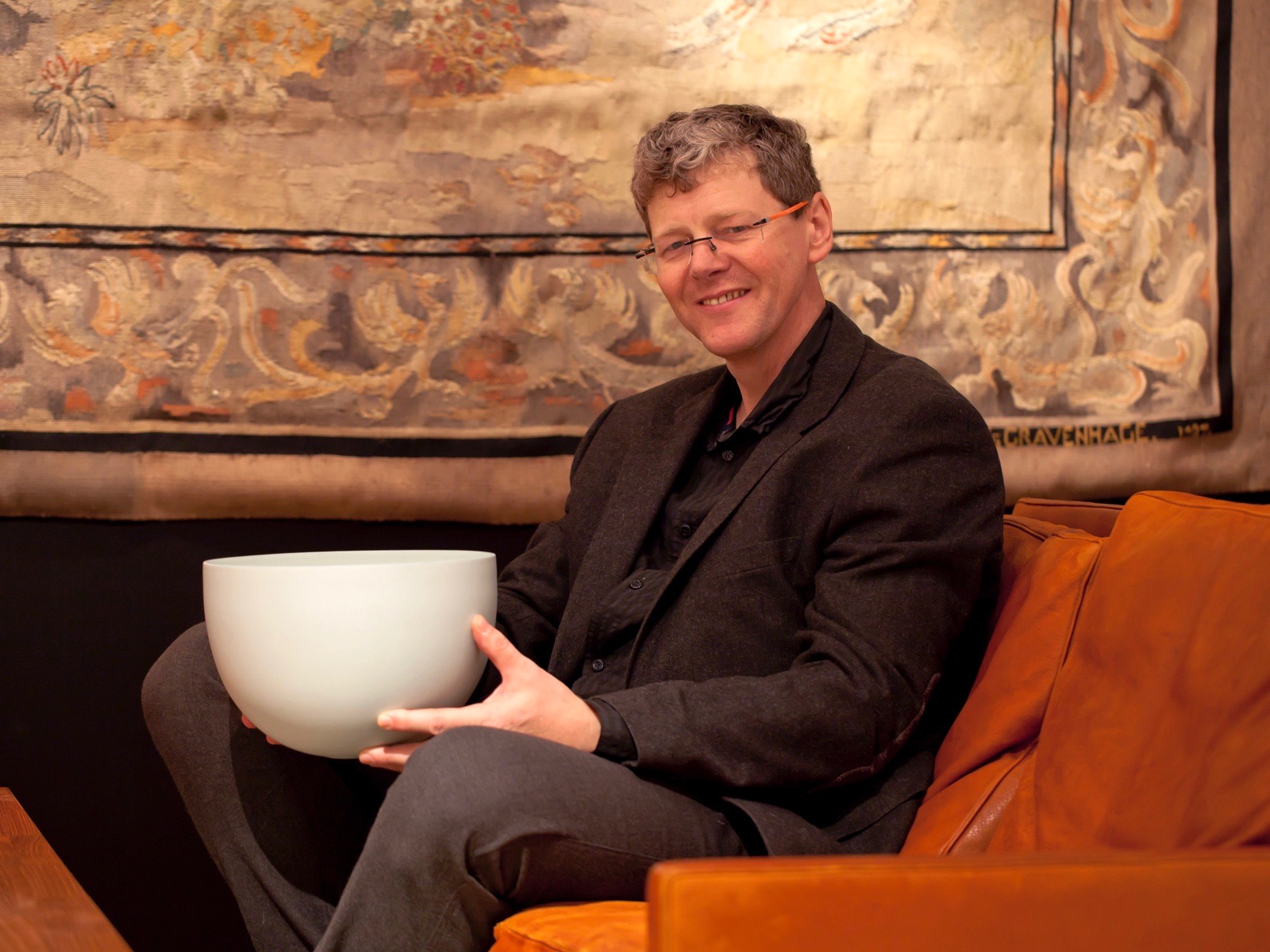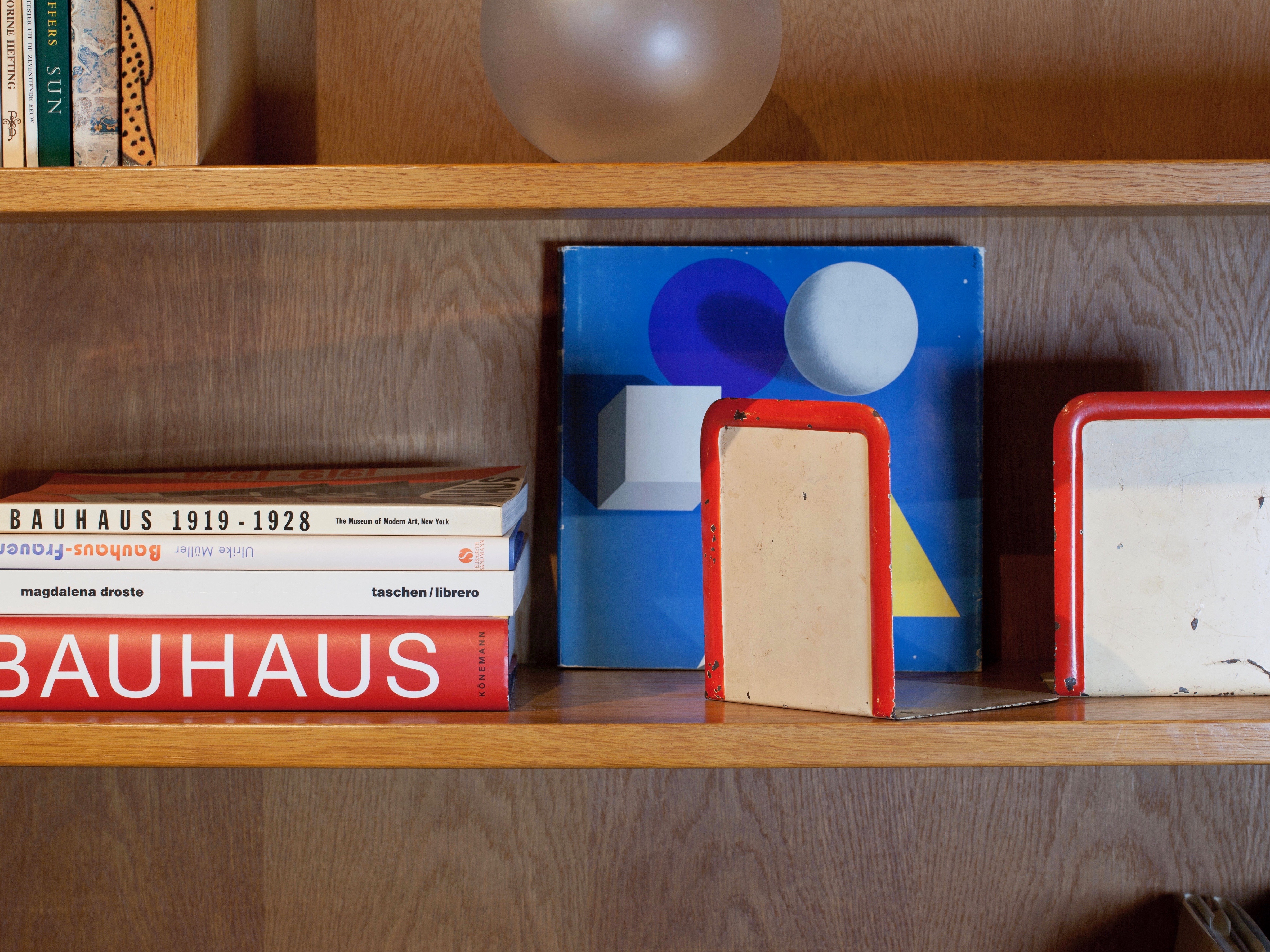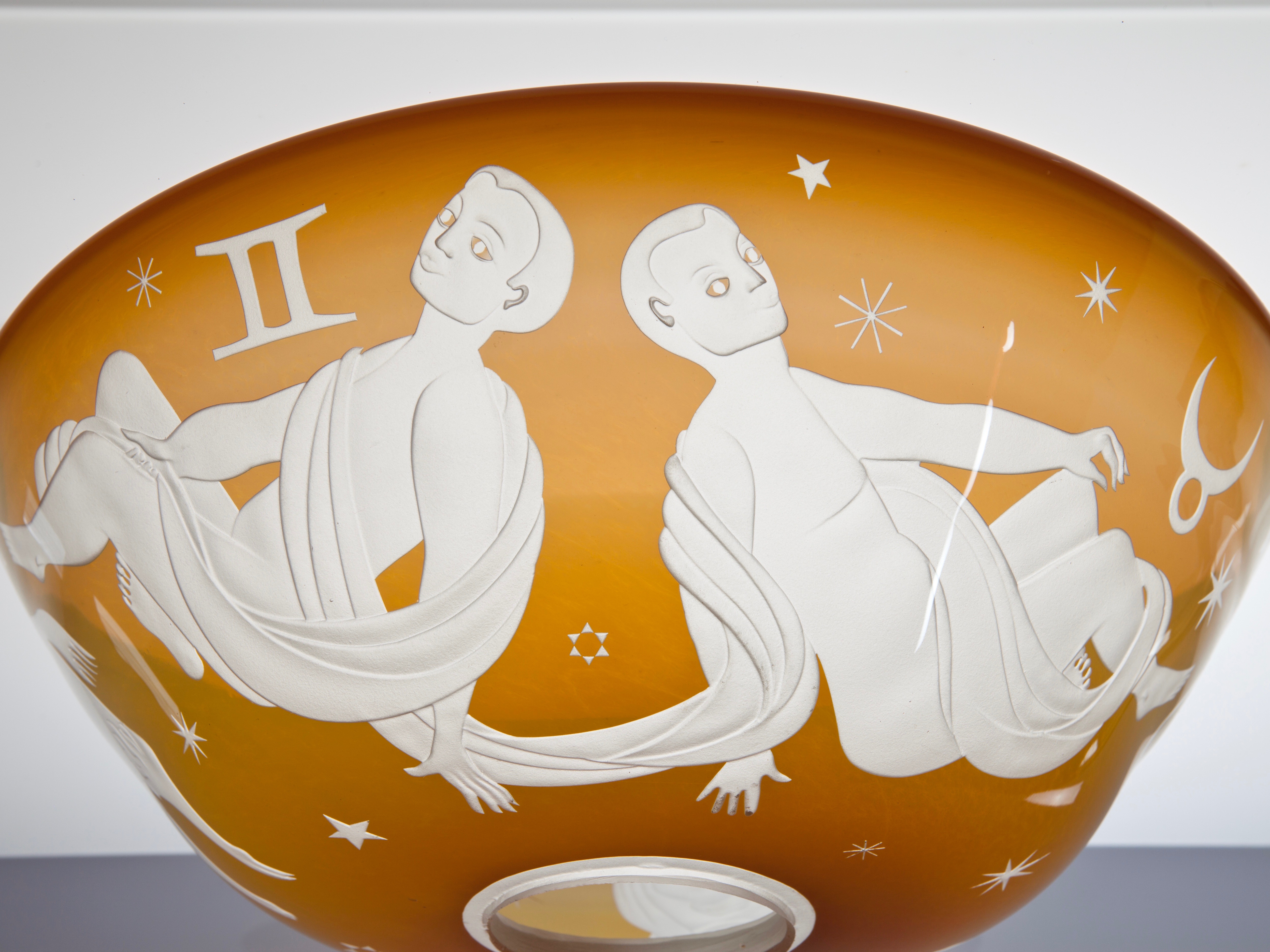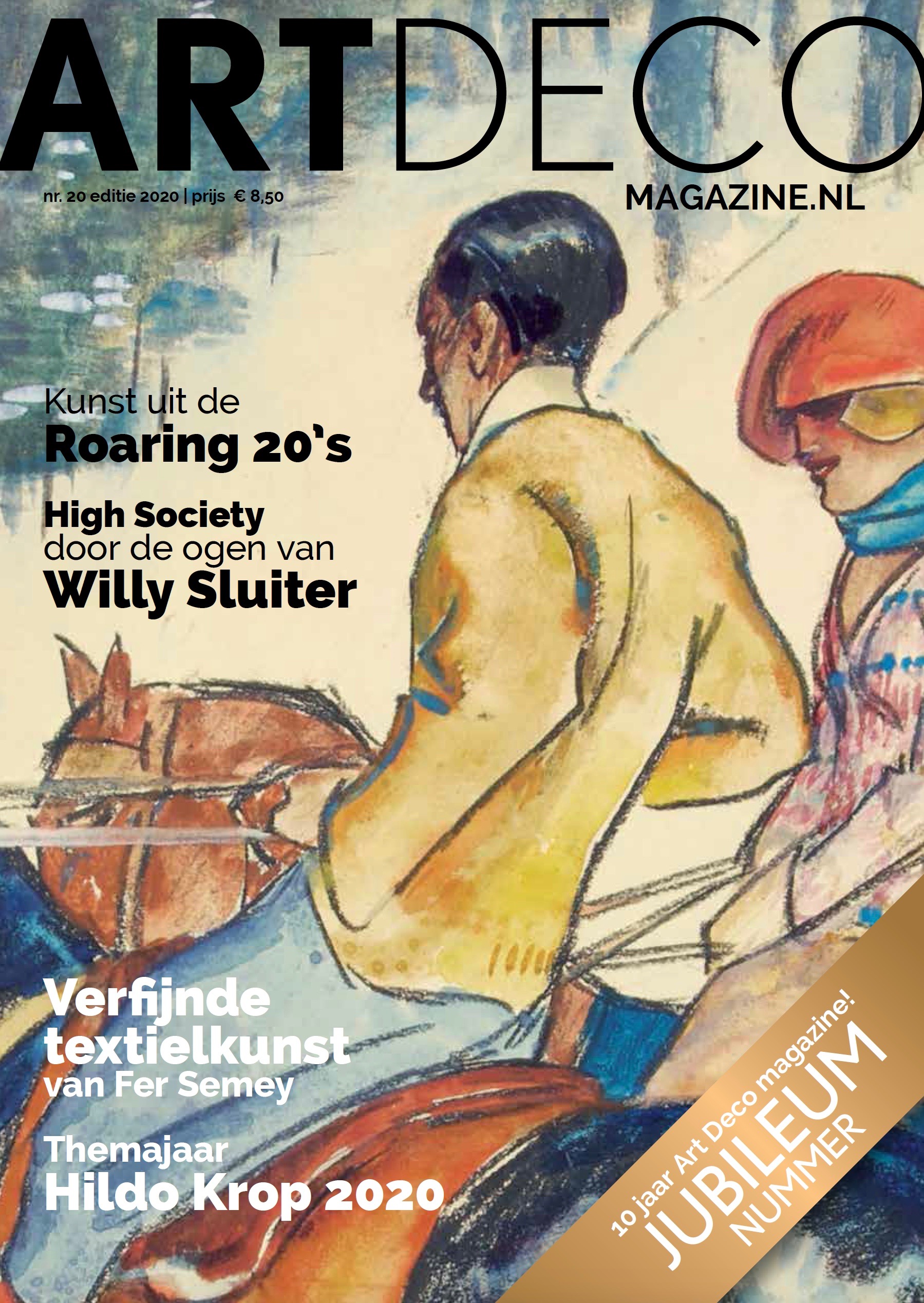Viennese influence on Belgian design - Silver by Philippe Wolfers
That the masterpiece of the Wiener Werkstätte is not in Vienna but in Brussels, is the result of a twist of fate. Truly everything on and in the Stoclet Palace, constructed between 1905 and 1911, was designed by the artists of the famous Viennese production house. Is it then also a coincidence that at the same time the whiplash of Belgian interior art disappeared?
Art historians have long been convinced of the connection between the construction of the Stoclet Palace and the disappearance of the Belgian Art Nouveau. The Antwerp Silver Museum Sterckshof nuanced this image in a scientific publication on the occasion of the exhibition Wiener Werkstätte and Belgian silver design.
Fortunate design lovers
In 1903, the Wiener Werkstätte came about as the realization of the ultimate dream: the creation of modern decorative art of unparalleled quality. The company is founded by architect Josef Hoffmann and painter Koloman Moser, two leaders of the Vienna Secession. What starts as a workshop for silver and metal utensils and interior elements, quickly grows into a production house with specialized workshops, that provides complete interiors. Between 1903 and 1932 - by the grace of wealthy design lovers - an impressive amount of luxury utensils is produced. In the years 1905 - 1912 especially the fabulous sums Adolphe Stoclet pays for his spacious city palace in Brussels keep the Wiener Werkstätte alive.
In 1903 - 1904, Stoclet, a Belgian railway engineer and financier, stayed in Vienna with his wife Suzanne Stevens, daughter of the Brussels art dealer Arthur Stevens. They intend to settle there permanently. Charmed by the houses that Josef Hoffmann built in the high-end villa district Die Hohe Warte, the couple orders their own villa at the Wiener Werkstätte. When his father and brother die unexpectedly, Stoclet returns to lead the family business and it is decided to realize the villa in Belgium.
Closed treasure room
A hundred years later, the monumental, UNESCO-protected city palace is a treasure trove for art historians. The family, however, keeps the doors closed hermetically. Only on the basis of photographs, contemporary sources and design drawings an image can be sketched of the interior and the beautiful silver creations by Josef Hoffmann and Koloman Moser. For example, a photograph shows the colossal dining room, with its marble walls and friezes decorated by Gustav Klimt. Along the walls appears a very extensive set of silver tableware. For the lady of the house, Moser designed a striking ink pot in hammered silver crowned by an owl, which is now part of the collection of the Badisches Landesmuseum in Karlsruhe.
The Art Deco by Philippe Wolfers
On the basis of a large amount of silver objects from the Wiener Werkstätte and Belgian designers, the Sterckshof Silver Museum answered the question whether the change of the elegant, typical Belgian Art Nouveau into more rigid forms can be attributed to the Stoclet Palace. That statement appears to be too simplistic. Partly due to German influences, Belgian Art Nouveau is already changing before the construction, as shown by the entries for exhibitions in Turin (1902) and Milan (1906). The influence of the Wiener Werkstätte in Belgium is particularly noticeable after the completion of the Stoclet Palace in 1911.
Most striking is the geometric and mathematical design method developed by Philippe Wolfers, artistic director of the Brussels firm Wolfers Frères, during the First World War. This shows similarities with the geometric design approach of Josef Hoffmann. It is possible that Wolfers was inspired by the interior of the Stoclet Palace when developing his design approach. It is plausible that he has been inside: from preserved correspondence it appears that Adolphe Stoclet and Philippe Wolfers knew each other.
Thanks to his special design method, the acclaimed Art Deco dinnerware was created, with which Wolfers Frères made a furore in the second half of the 1920s. Philippe Wolfers receives the Grand Prix for his ensemble Gioconda at the Exposition internationale des Arts Décoratifs et Industriels Modernes in Paris in 1925. Until his death in 1929, he applies his tried and tested method in the development of new models.
At this moment, two Art Deco tea sets designed by Wolfers Frères are in the sales collection of Kunstconsult (see photos above).
Text: Bobby van Brussel
Photos: Erik Rijper & Noortje Remmerswaal
© Kunstconsult – 20th century art | objects
Reproduction and distribution of this text is only allowed with correct reference.
